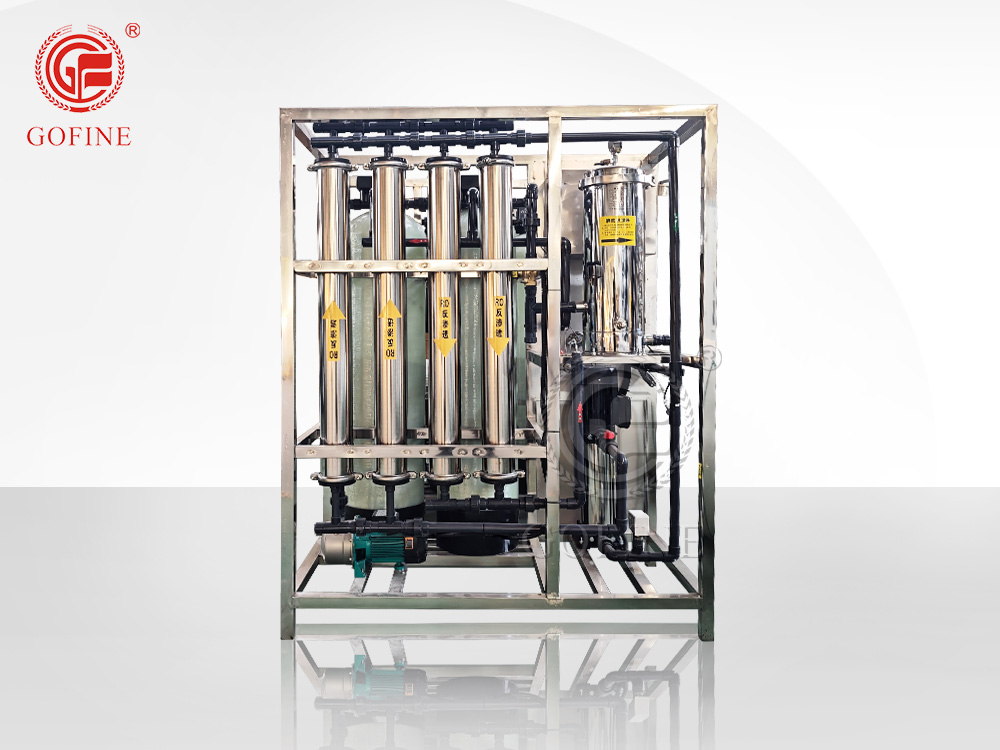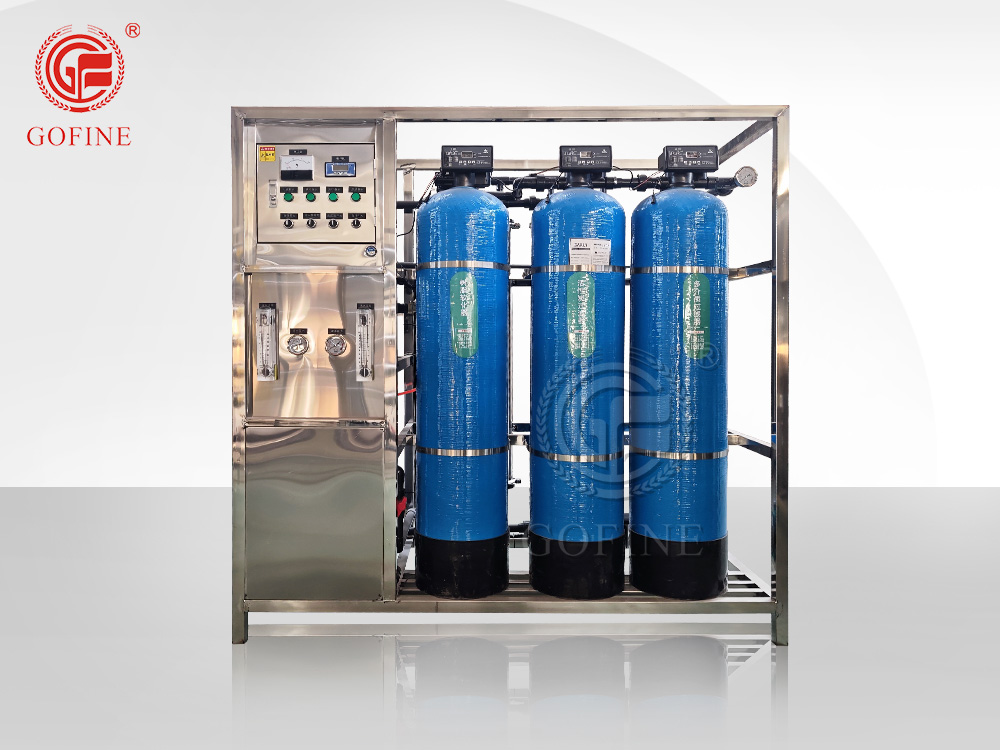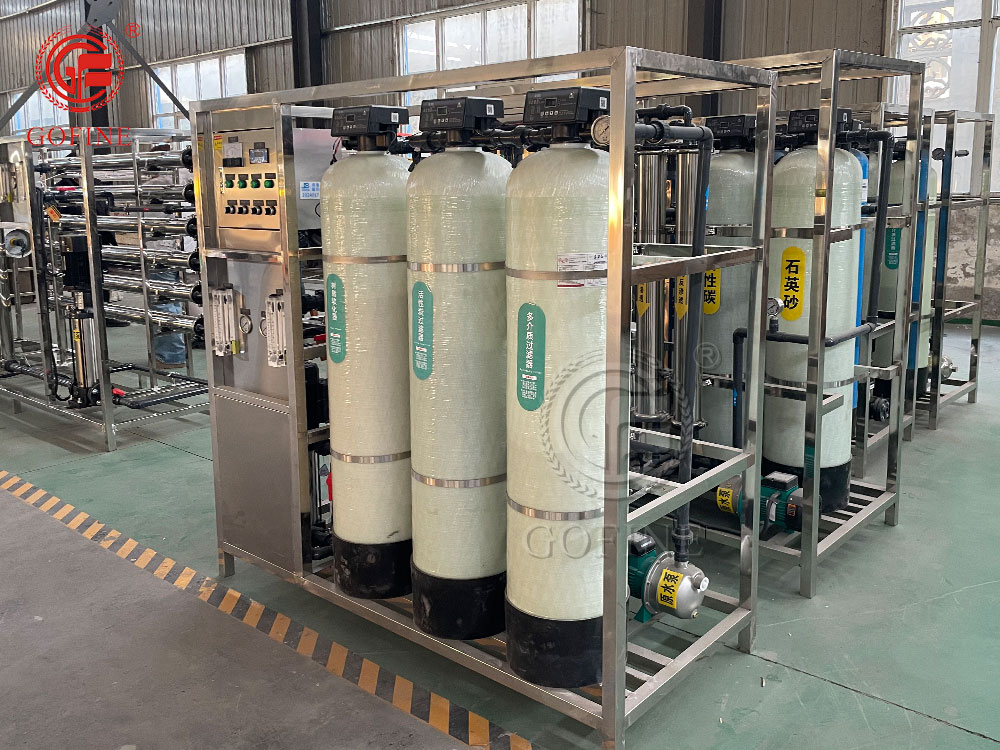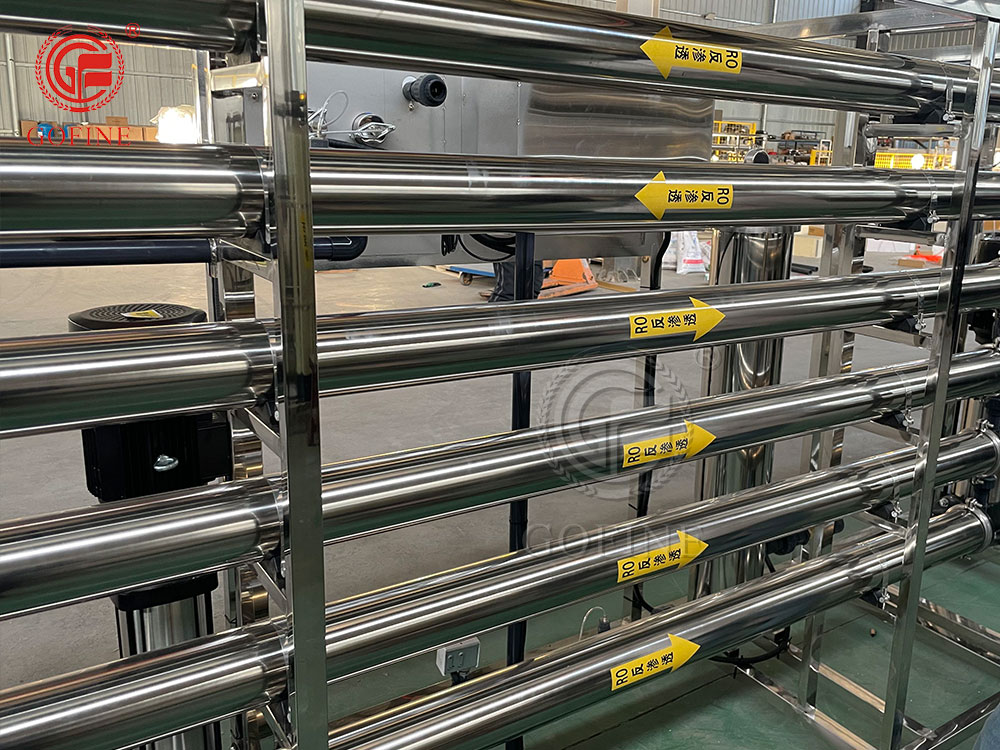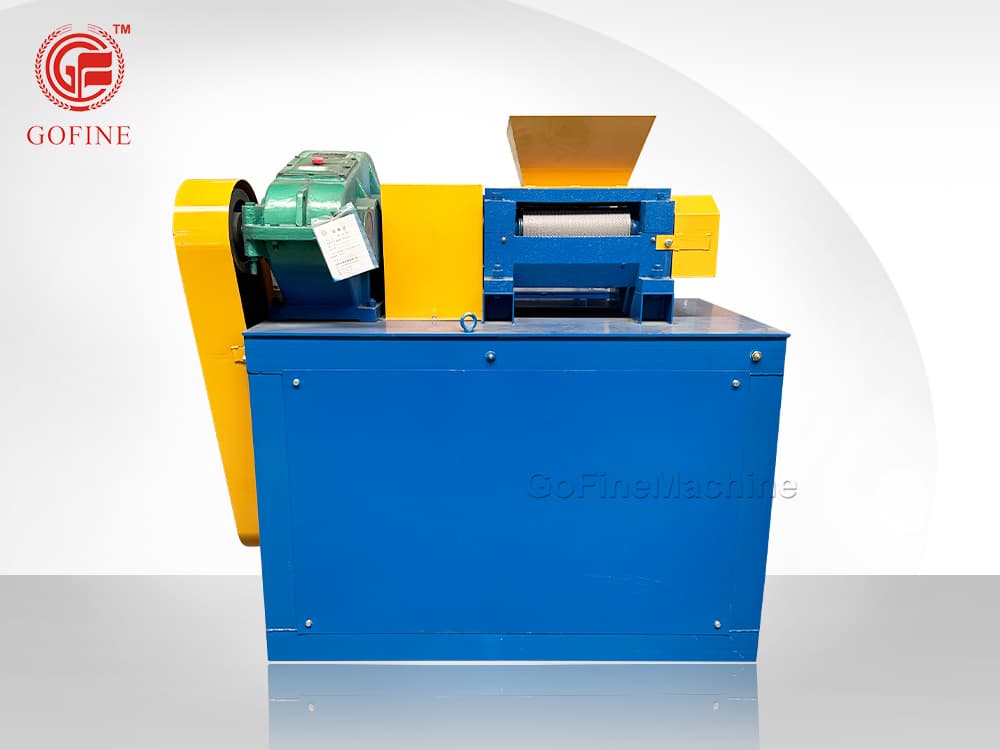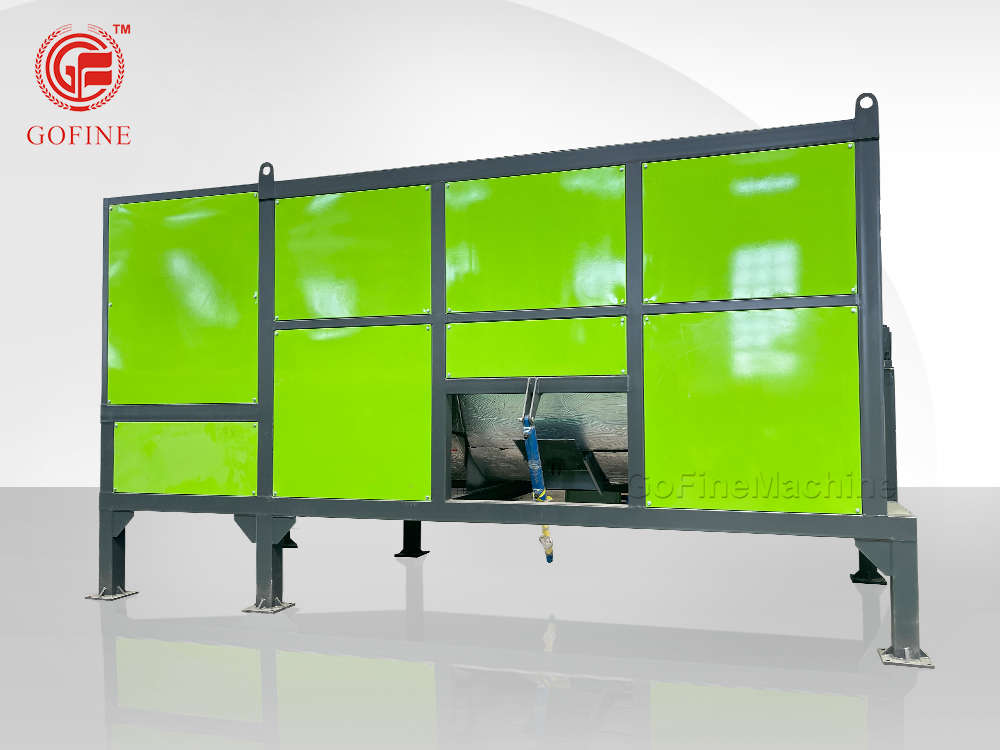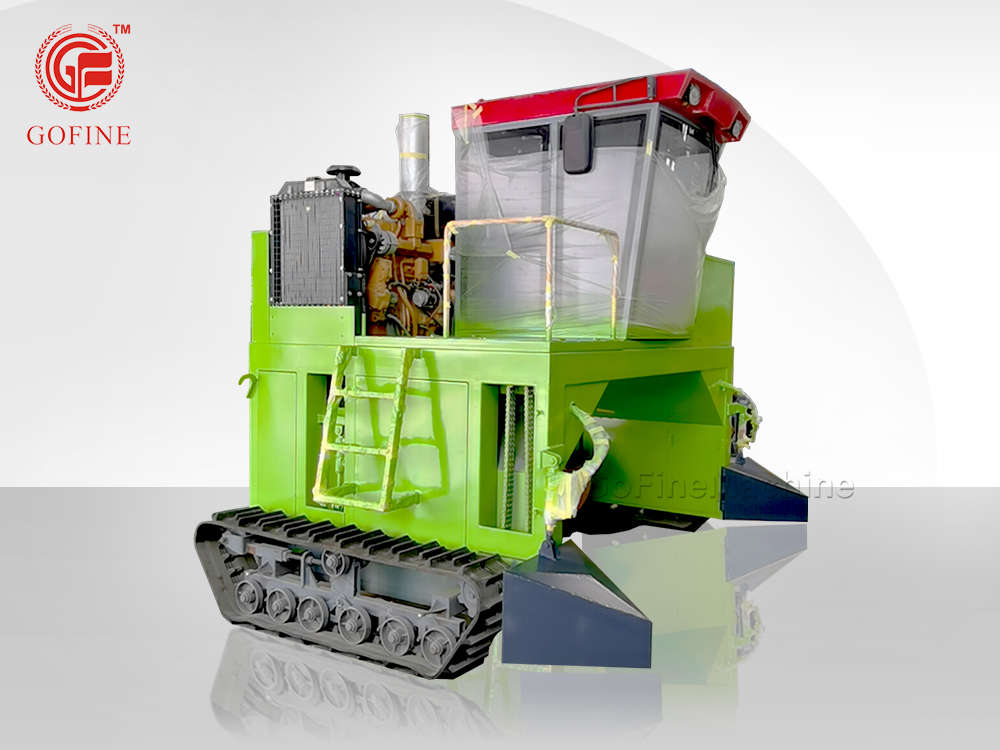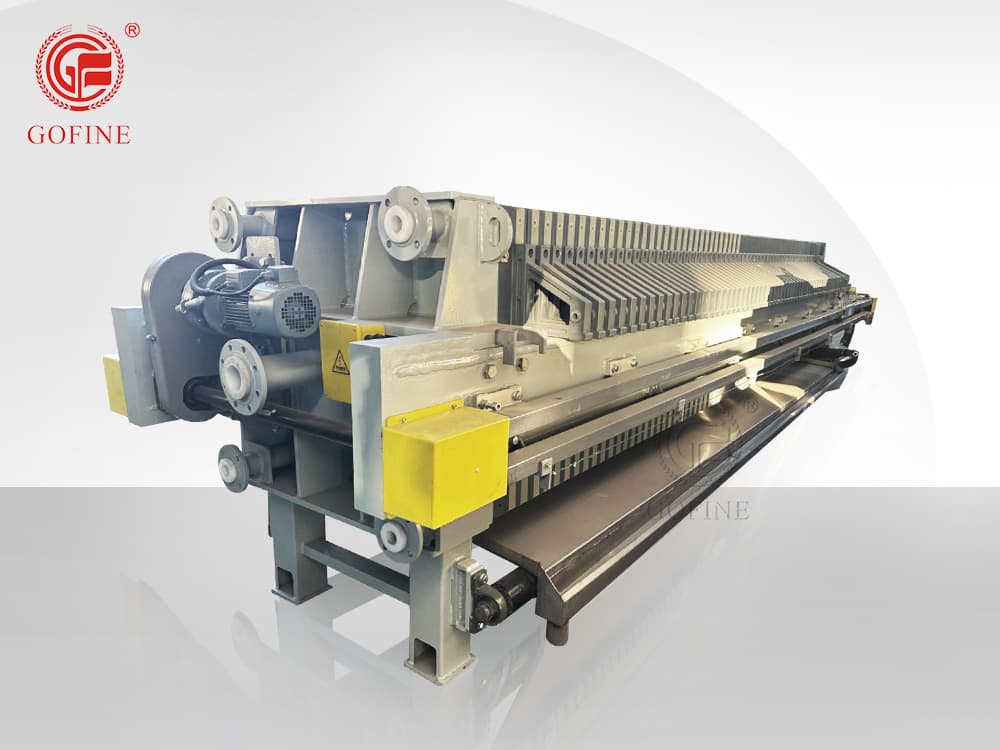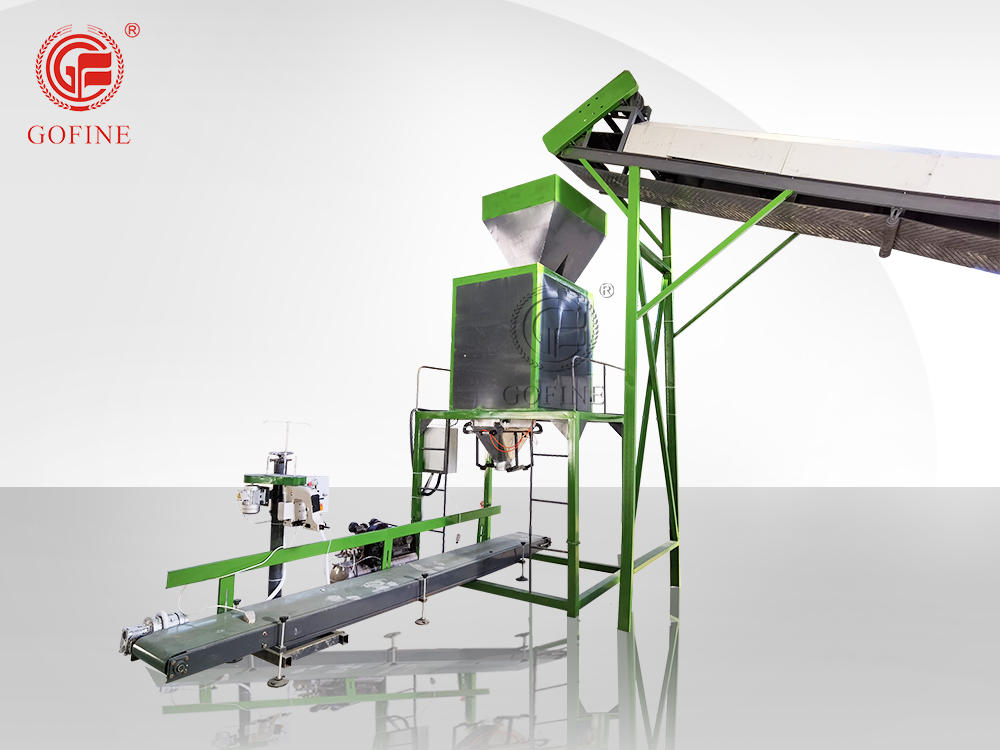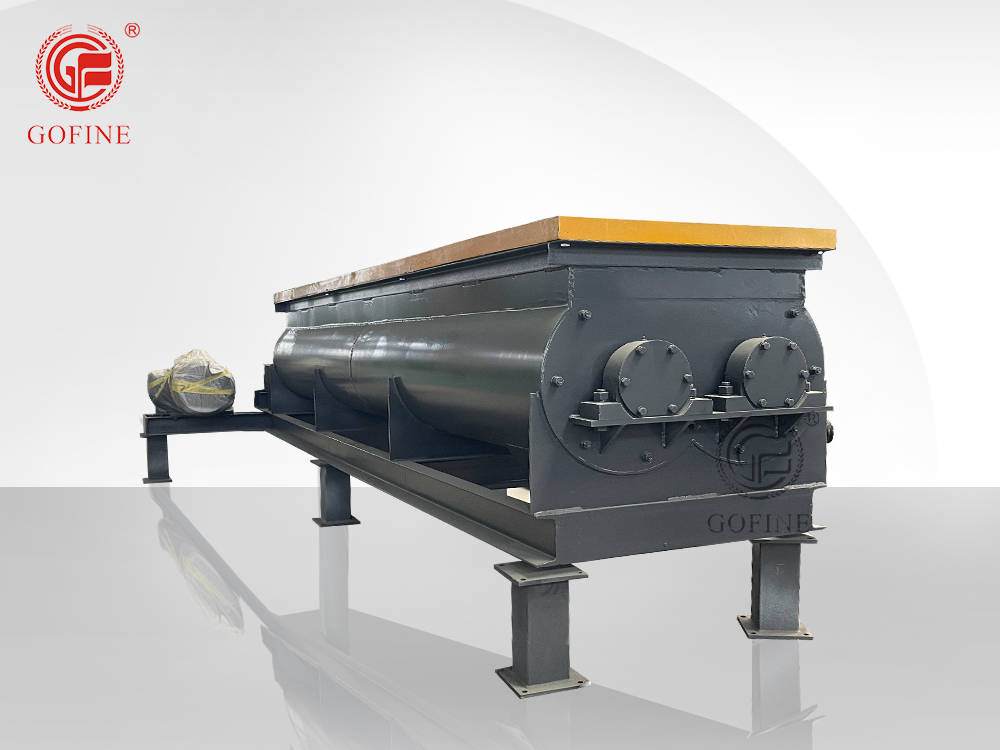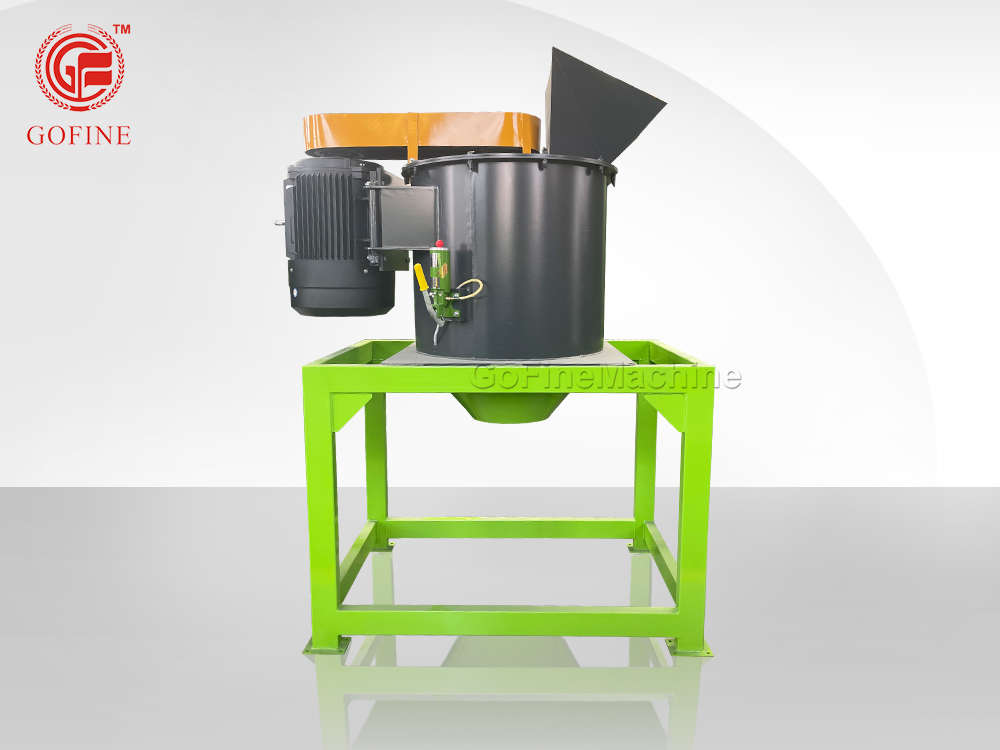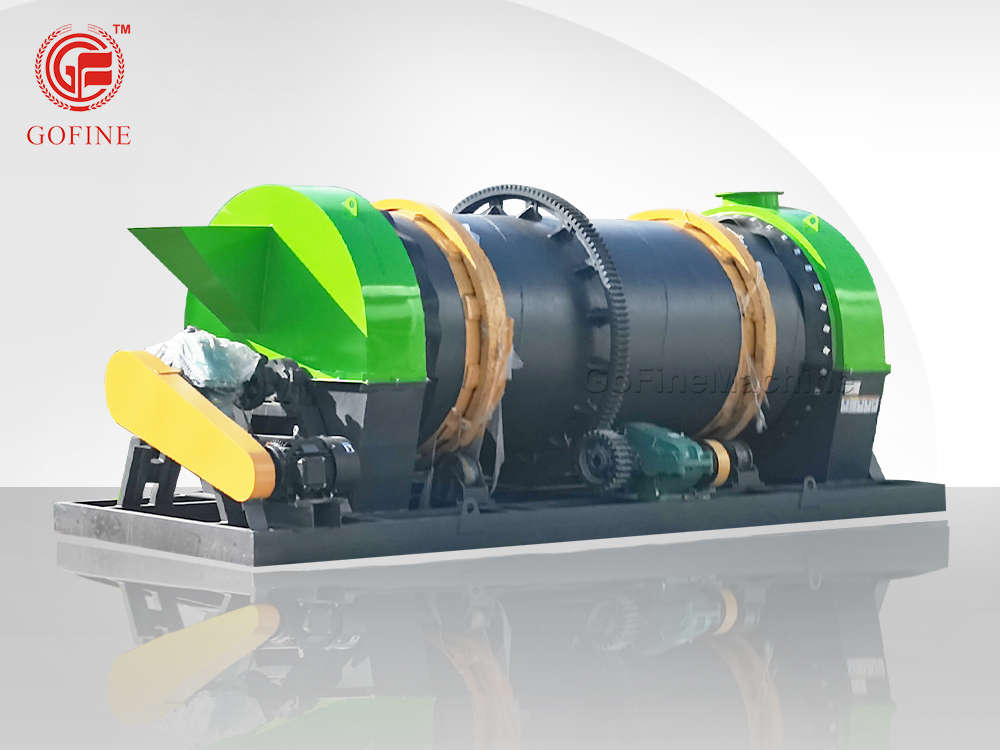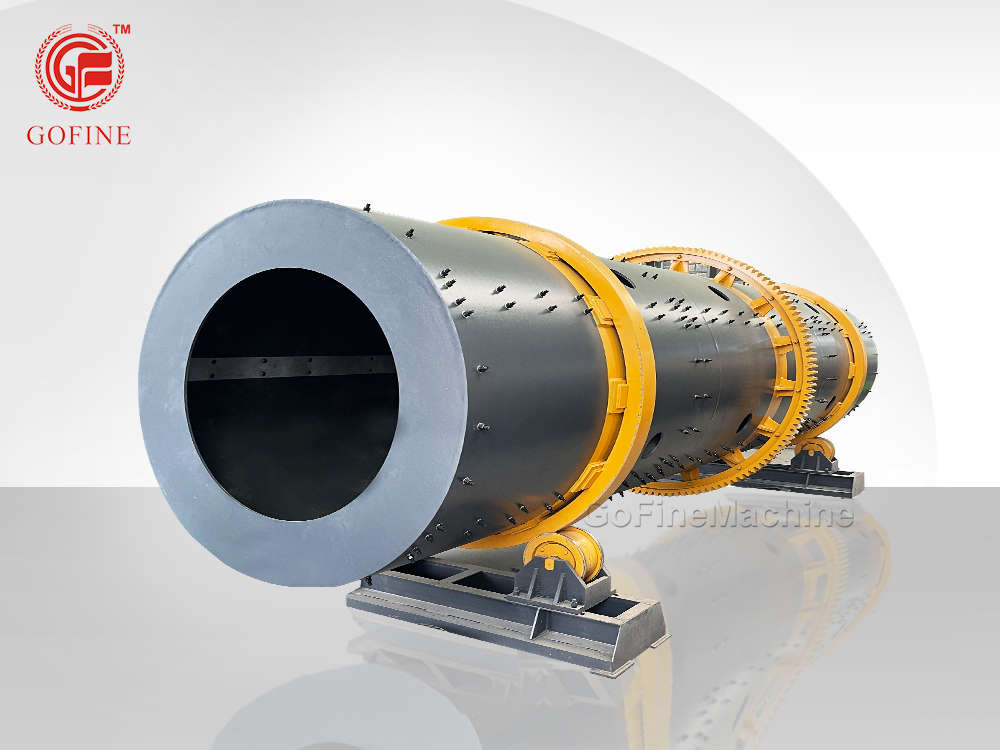
Industrial RO reverse osmosis water filter
- Information
Introduction of Industrial RO reverse osmosis water filter
Industrial RO (Reverse Osmosis) reverse osmosis water purifier is a high-efficiency water treatment equipment that uses reverse osmosis membrane technology to remove impurities, heavy metals, bacteria, viruses and dissolved solids in water. It is widely used in household drinking water, industrial production, food processing, pharmaceutical manufacturing, laboratories, electronics industry, etc.
Features of Industrial RO reverse osmosis water filter
High-efficiency filtration: can remove more than 99% of dissolved solids, bacteria, viruses, heavy metal ions, etc.
Automation control: PLC intelligent control, real-time monitoring of water quality, automatic flushing of RO membrane, and extended service life.
Energy saving and environmental protection: optimize energy consumption design, reduce operating costs, and some models support wastewater recycling.
Modular design: different water output can be customized according to needs (such as 500L/H, 1000L/H, 5000L/H, etc.).
Excellent material: food-grade or industrial-grade stainless steel pipes are used to ensure water safety, corrosion resistance and durability.
Easy maintenance: filter elements and membrane components are easy to replace, stable operation, and low maintenance cost.
Working Principle of Industrial RO reverse osmosis water filter
RO reverse osmosis technology uses a high-pressure pump to pressurize water molecules to pass through the reverse osmosis membrane, while impurities in the water (such as salt ions, bacteria, organic matter, etc.) are intercepted and discharged, thereby obtaining high-purity water. Its core components include:
Pretreatment system (sand filter, carbon filter, softener, etc.): removes large particle impurities, residual chlorine and hardness ions, and protects the RO membrane.
High-pressure pump: provides sufficient pressure to allow water to pass through the RO membrane.
RO membrane assembly: core filter component, removes more than 99% of soluble solids and pollutants in water.
Post-treatment system (UV sterilization, EDI, etc., optional): further improves water quality to meet different industrial needs.
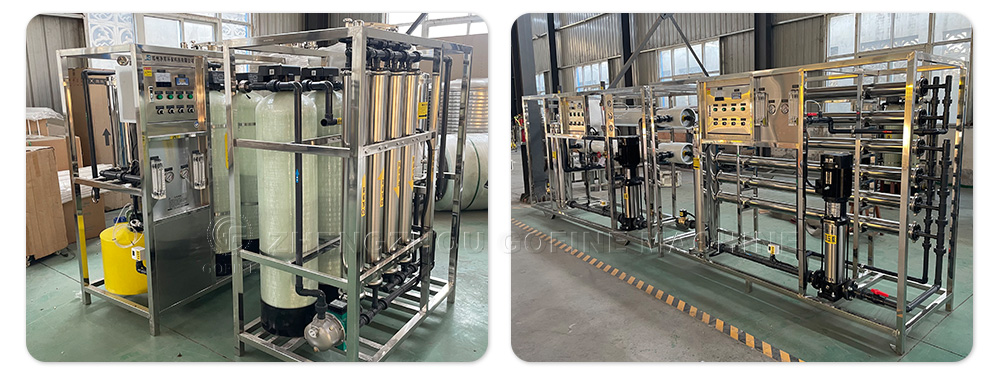
RO reverse osmosis water purifier filter element matching scheme
The filter element matching scheme of RO reverse osmosis water purifier is mainly determined by the raw water quality, treatment requirements and application scenarios. Generally, the combination of filter elements follows the principle of multi-stage filtration to ensure the life of the RO membrane and the stable operation of the system. The following are common filter element matching schemes:
-
Standard filter element combination (five-stage filtration)
| Filtration level | Filter element type | Main function | Replacement cycle (reference) |
| First level | PP cotton filter element (5μm) | Remove sediment, rust, and large suspended solids | 3~6 months |
| Second level | Granular activated carbon filter element (UDF) | Absorb residual chlorine, odor, and organic matter | 6~12 months |
| Third level | Compressed activated carbon filter element (CTO) | Deeply absorb residual chlorine and odor to improve water quality | 6~12 months |
| Fourth level | RO reverse osmosis membrane (0.0001μm) | Remove heavy metals, viruses, bacteria, dissolved solids, etc. | 2~3 years |
| Fifth level | Post-activated carbon filter element | Improve taste and remove residual odor | 6~12 months |
-
Filter element selection suggestions
Good water quality (municipal tap water): five-stage filtration (PP+UDF+CTO+RO+post-activated carbon) can be used to meet daily water purification needs.
Hard water quality (groundwater, well water): It is recommended to add softening resin filter element or softening equipment to prevent RO membrane scaling.
Industrial ultrapure water requirements: Pretreatment + RO + EDI is required to ensure that the conductivity of the outlet water meets the requirements (such as <0.1μS/cm).
Need sterilization: UV sterilization or ozone sterilization can be added, especially suitable for food, medical and other industries.
-
Filter maintenance and replacement recommendations
PP cotton filter: Replace every 3~6 months to prevent blockage and affect water flow.
Activated carbon filter (UDF/CTO): Replace every 6~12 months to avoid failure after adsorption saturation.
RO reverse osmosis membrane: Replace every 2~3 years. If the water output decreases or the conductivity increases, it can be cleaned or replaced.
Softening resin: Regenerate or replace regularly according to water quality.
Ultraviolet lamp: Usually replaced once a year to maintain the sterilization effect.
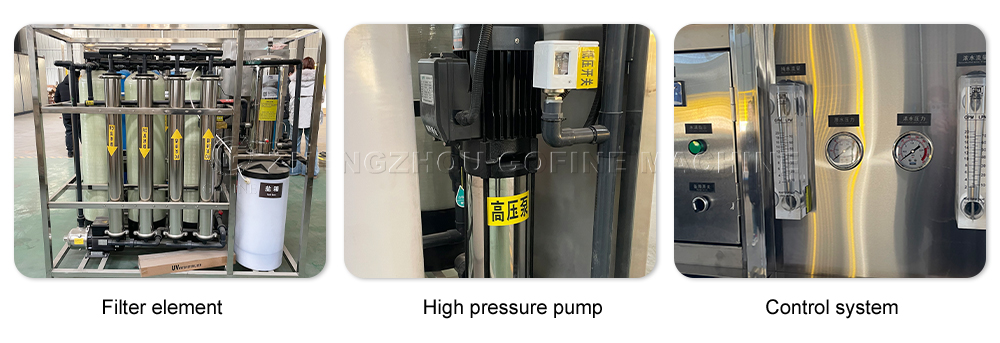
Industrial RO reverse osmosis water filter is an important equipment for modern industrial water treatment. With its advantages of high-efficiency filtration, intelligent control, energy saving and environmental protection, it has been widely used in many industries. Choosing the right RO equipment can effectively improve production efficiency, reduce water treatment costs and ensure product quality.
If you are interested in our equipment, welcome you to contact us freely!

